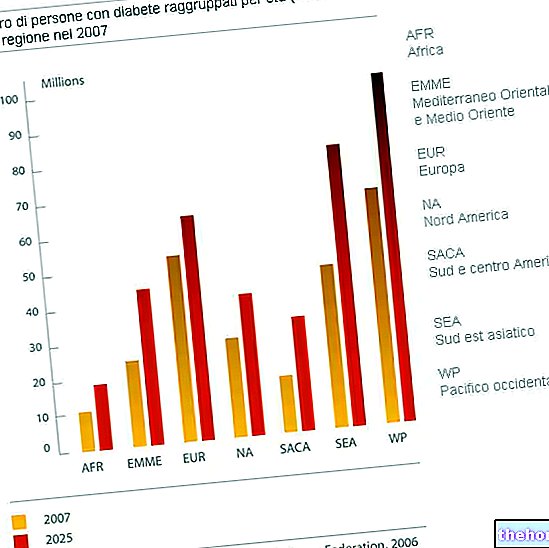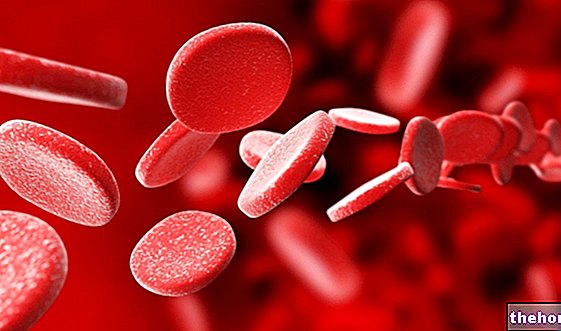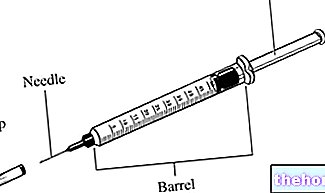Generality
The presence of glucose in the urine (glycosuria) is a characteristic symptom of diabetes mellitus, which coincidentally owes the adjective "mellitus" to the typical sweetish taste assumed by the patient's urine.

What's this
When blood glucose (blood sugar) levels are normal, the kidneys - by filtering the blood - "pass" a minimal amount of sugar into the urine.
Glucose begins to appear in the urine (glycosuria) when the amount of sugar in the blood rises and exceeds the so-called "renal reabsorption threshold". At this point, the kidneys are no longer able to prevent the elimination of sugar in the urine.
The renal glucose reabsorption threshold can vary from person to person: on average, if blood glucose levels are above 180-200 mg / dl, its presence may begin to be detected in the urine.
Once detected, glycosuria needs confirmation by fasting glucose determination and / or oral glucose load test (OGTT).
Because it is measured
The analysis of glucose in the urine is used to highlight the presence of significant levels in the blood; this condition is associated with pathologies that result in high blood sugar (such as diabetes mellitus, Cushing's syndrome, hyperthyroidism, etc.).
In diabetic patients, if the results are consistently negative on multiple urine samples, the test confirms that the disease is well controlled.




























